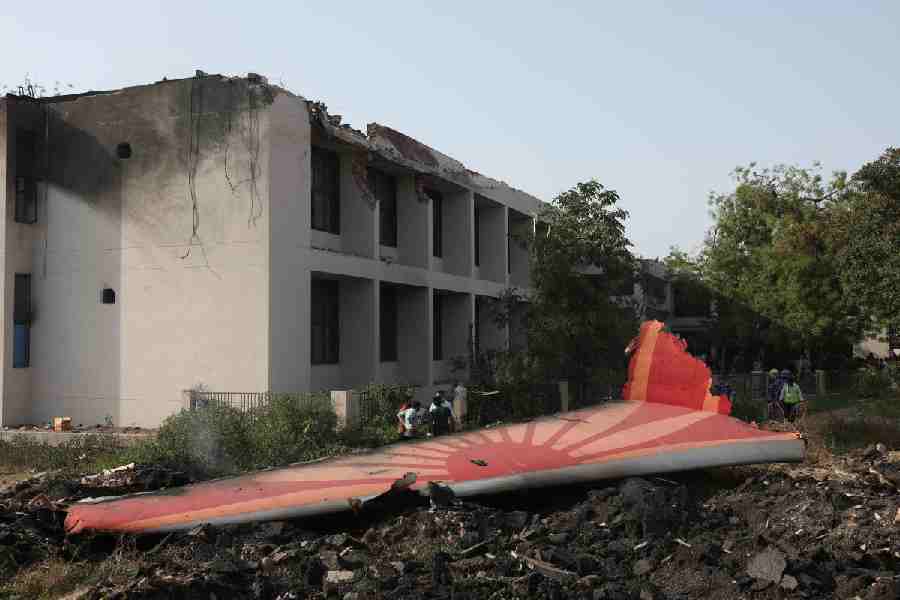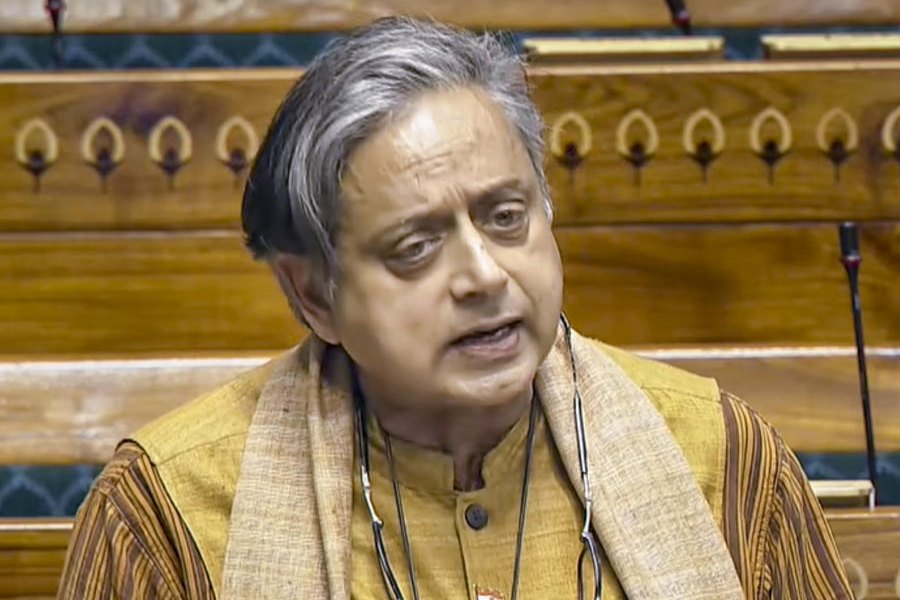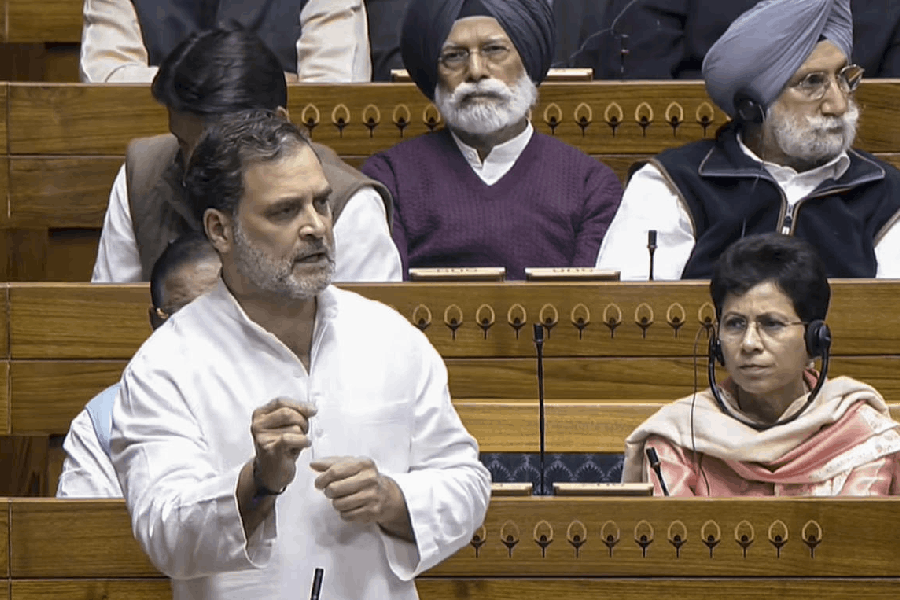Air India on Saturday said it is working closely with regulators and other stakeholders and will continue to cooperate with authorities in the ongoing investigation into the fatal crash of flight AI171 in Ahmedabad, following the release of the preliminary report by the Aircraft Accident Investigation Bureau (AAIB).
In a statement posted on X, the airline said: “Air India stands in solidarity with the families and those affected by the AI171 accident. We continue to mourn the loss and are fully committed to providing support during this difficult time.
We acknowledge receipt of the preliminary report released by the Aircraft Accident Investigation Bureau (AAIB) today, 12 July 2025.
Air India is working closely with stakeholders, including regulators. We continue to fully cooperate with the AAIB and other authorities as their investigation progresses.
Given the active nature of the investigation, we are unable to comment on specific details and refer all such enquiries to the AAIB.”
The tragic incident occurred on June 12, when Air India’s Boeing 787-8 aircraft, operating flight AI171 from Ahmedabad to London Gatwick, crashed just seconds after take-off, killing 260 people. It was the first fatal accident involving a Boeing 787 and one of the deadliest in India in decades.
The AAIB’s preliminary findings reveal that both fuel cutoff switches feeding fuel to the engines were disengaged moments after take-off, resulting in the crash. The report also highlighted pilot confusion during the critical moments.
“The aircraft achieved the maximum recorded airspeed of 180 Knots IAS at about 08:08:42 UTC and immediately thereafter, the Engine 1 and Engine 2 fuel cutoff switches transitioned from RUN to CUTOFF position one after another with a time gap of 01 sec,” the AAIB report stated.
The engine parameters, N1 and N2, began decreasing as fuel supply was interrupted. Cockpit voice recordings captured one pilot asking the other, “Why did he cutoff?” to which the other replied he had not done so.
At the time of take-off, the co-pilot was flying the aircraft while the captain was monitoring. The aircraft issued a distress call within 30 seconds of becoming airborne.
“The aircraft took off at 08:08:39 UTC (13:38:39 IST) and at about 08:09:05 UTC (13:39:05 IST), one of the pilots transmitted 'MAYDAY MAYDAY MAYDAY'. The ATCO (Air Traffic Controller) enquired about the call sign. ATCO did not get any response but observed the aircraft crashing outside the airport boundary and activated the emergency response,” the report noted.
The aircraft crashed into a medical college hostel, killing all but one of the 242 people on board. The lone survivor, along with multiple eyewitnesses, have been interviewed by investigators.
Fuel samples from bowsers and refuelling tanks tested at the DGCA lab were found to be satisfactory.
“Very limited amount of fuel samples could be retrieved from the APU filter and Refuel/Jettison valve of the left wing. The testing of these samples will be done at a suitable facility capable of carrying out the test with the limited available quantity,” the report added.
Drone documentation of the wreckage site has been completed, and key components, including both engines, have been quarantined for further examination.
The plane was powered by GEnx-1B engines and had 230 passengers on board—15 in business class and 215 in economy, including two infants. The captain had logged over 15,638 flying hours, while the co-pilot had over 3,403.
The AAIB said it is currently analysing data from the forward Enhanced Airborne Flight Recorder (EAFR) and conducting a detailed review of post-mortem and engineering reports to correlate medical and technical evidence. At this stage, no recommendations have been made for Boeing 787-8 or GE GEnx-1B engine operators.
Boeing, in its own statement, said, “We continue to support the investigation and Air India. We will defer to the AAIB to provide information about AI171, in adherence with the United Nations International Civil Aviation Organization protocol known as Annex 13.”
The investigation remains ongoing, with authorities expected to examine more evidence, records, and inputs from all stakeholders in the weeks ahead.
With inputs from agencies










